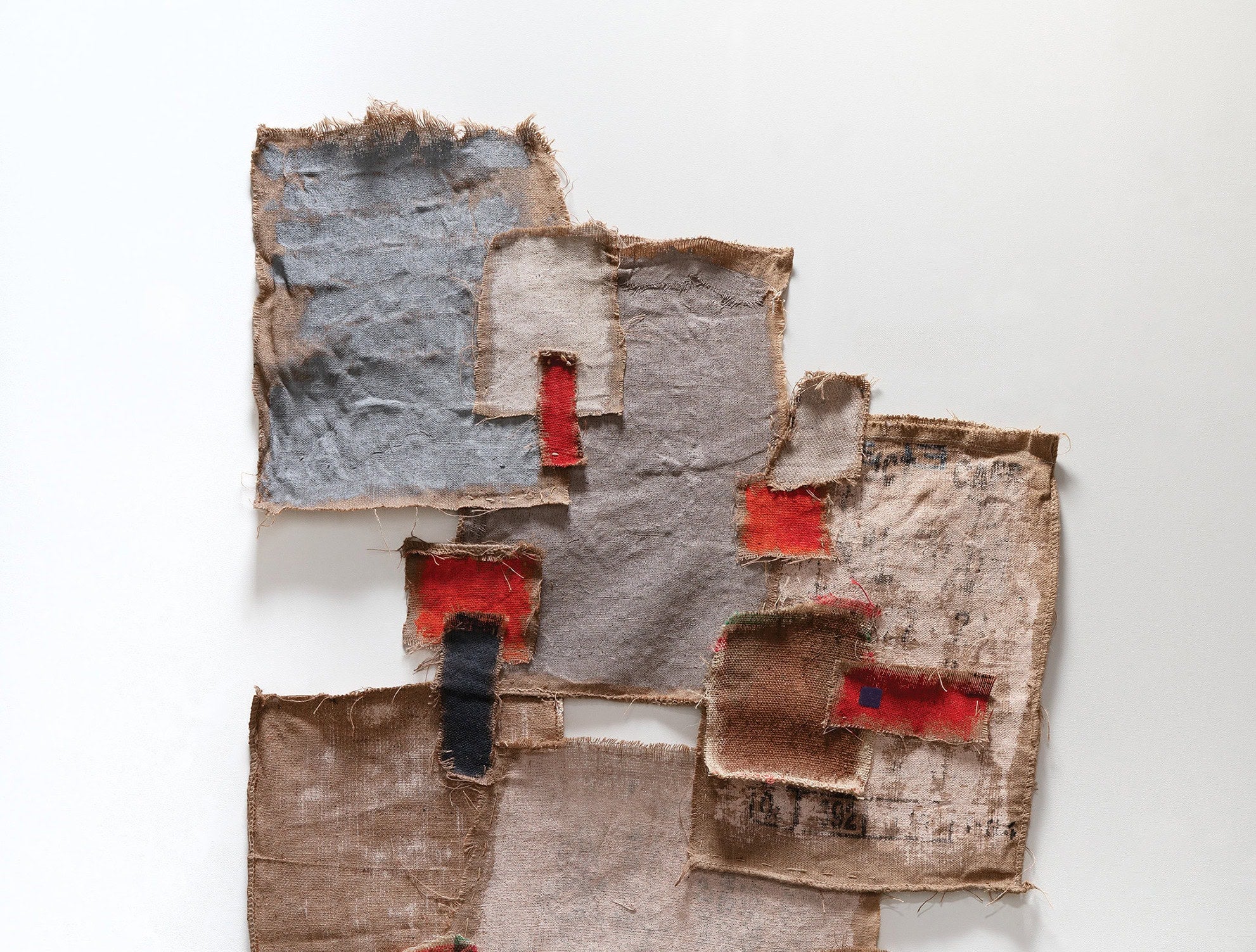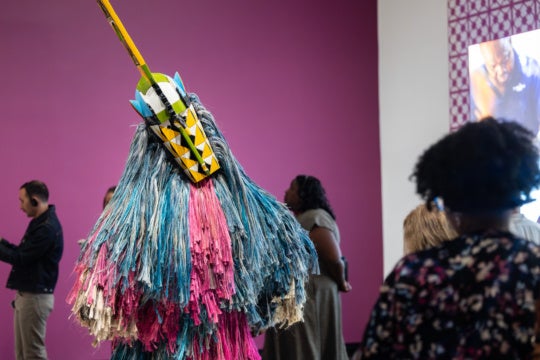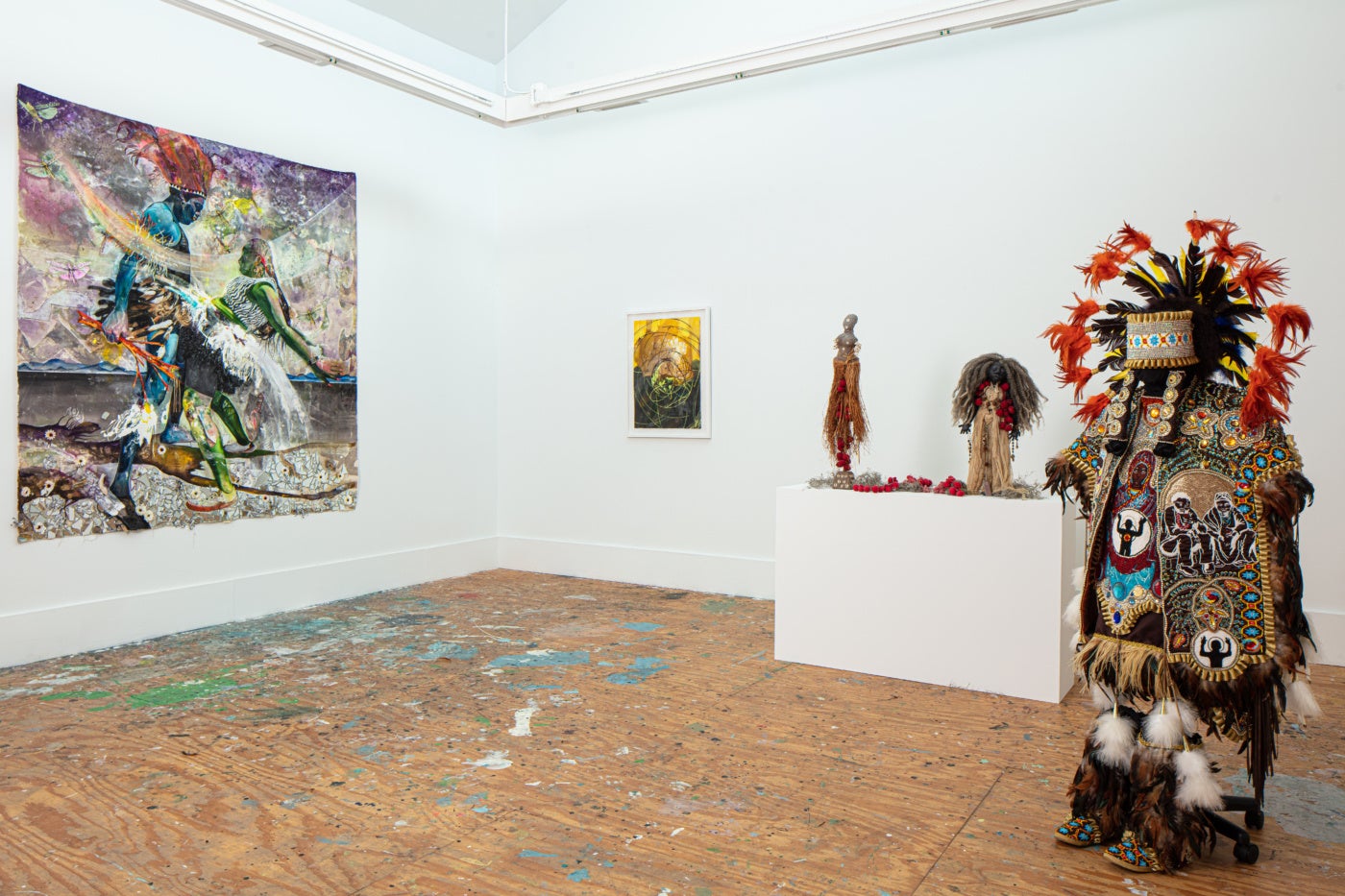
Passing through New Orleans in 2022 during the COVID-19 pandemic and witnessing Bourbon Street empty with seldom passersby distancing from one another, I never imagined that I would revisit the city in 2025 for Prospect.6 The Future is Present, the Harbinger is Home and feel a mere inkling of the deep-rooted histories and artistic adjacencies in the region. On the tenth anniversary of the Joan Mitchell Center’s Residency Program on Bayou Road, alumni residency participants and co-curators Josiah Gagosian and Nyeema Morgan organized History or Premonition, August 1–30, 2025, featuring the work of Scott Andresen, Katrina Andry, Firelei Báez, Rollin Beamish, Tyanna J. Buie, Elenora Rukiya Brown, Juan Angel Chavez, Sean G. Clark, Yanira Collado, william cordova, M. Florine Démosthène, Clifton Faust, Maren Hassinger, Elana Herzog, Miro Hoffman, Horton Humble, Soraya Jean-Louis, Salvador Jiménez-Flores, Shana Kaplow, Camille Farrah Lenain, Kaori Maeyama, Demond Melancon, Joshua Mintz, Carrie Moyer, Lavar Munroe, Anne C. Nelson, Maia Cruz Palileo, Pat Phillips, Ryan Pierce, Robert Pruitt, Rontherin Ratliff, Amy Schissel, Loren Schwerd, Lisa Sigal, Carlie Trosclair, jina valentine, Samantha Yun Wall, Tom Walton, John Isiah Walton, and Brittney Leeanne Williams. In the following conversation, Gagosian and Morgan speak with me about Joan Michell’s legacy, the exhibition’s future forecasting, and how these works speak to our contemporary moment. This interview was edited for length and clarity.
Laurel V. McLaughlin: Nyeema and Josiah, thank you for joining me to discuss the exhibition History or Premonition. The title comes from a poem by Nathan Kernan in synergy with work by Joan Mitchell—can you share more about how it shaped your curatorial work?
Josiah Gagosian: Nyeema and I spent time at the beginning of the curatorial process reading interview transcripts and letters, trying to get a sense of how Mitchell viewed her own work and its place in history, with the hopes that it would help us better understand her artistic practice and legacy, at the Joan Mitchell Center. We wanted to find a way to connect Mitchell—the artist who had no real connection with New Orleans during her lifetime—to the vibrant community of artists that the Joan Mitchell Center has supported, from New Orleans and elsewhere.
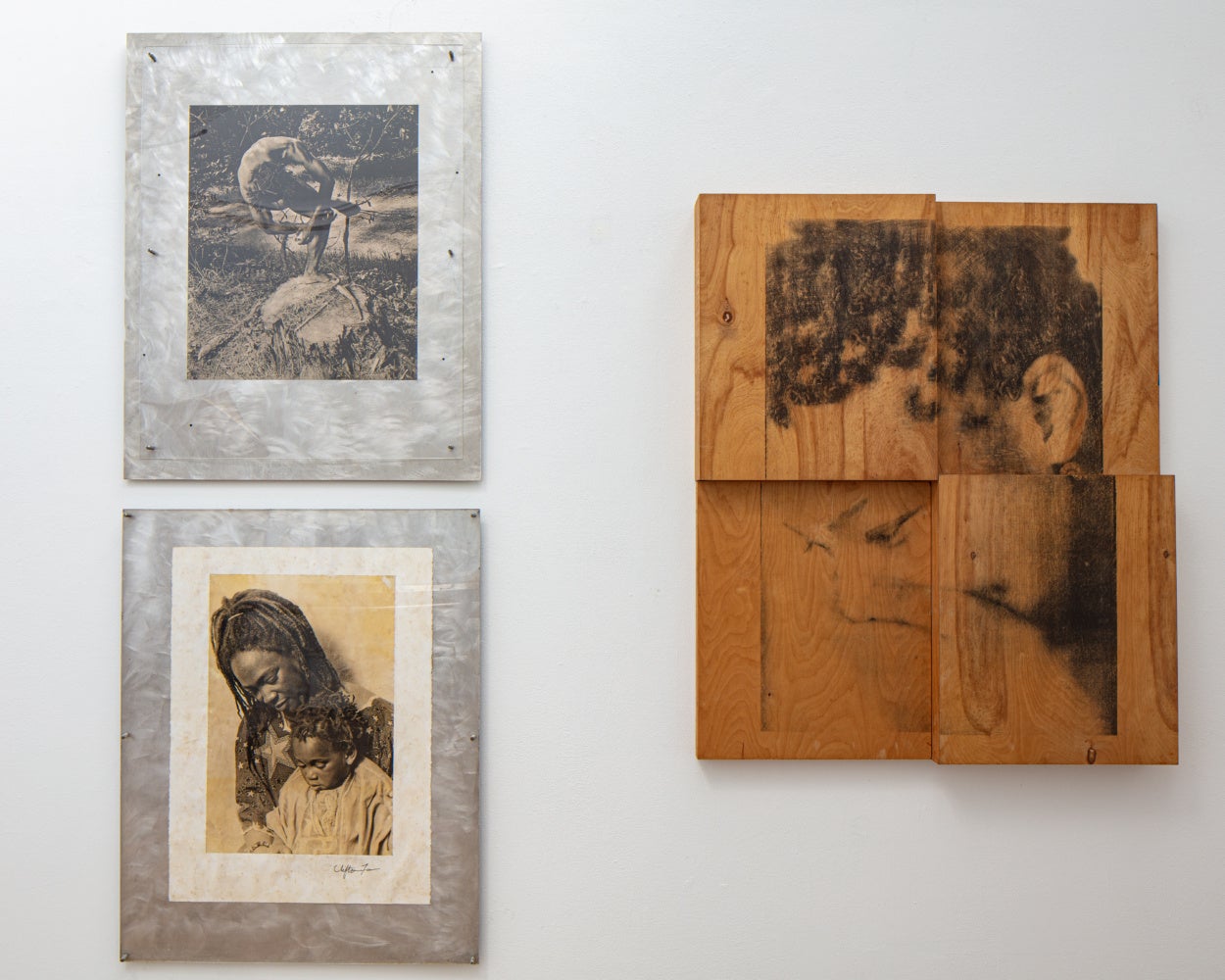
The collaboration between Mitchell and Kernan reflects a pattern of support she offered young artists throughout her life. In many ways, it foreshadowed the establishment of the foundation in her name. The poem from which our title is borrowed, “Cobble Hill” (1992) is full of lush imagery in which Mitchell found inspiration, presenting landscape as a historical space, a space of psychological interiority, a space of profound community. We centered our curatorial selections around these ideas to honor both Mitchell’s life and the life of the landscape and community in which the Joan Mitchell Center has taken root. Even though she is no longer here, she’s still collaborating with us and offering her support.
LVM: As former artists in residence of the Joan Mitchell Center in New Orleans’ 7th Ward, how did your experiences frame this curatorial collaboration with alumni artist residents?
JG: As a former Artist-in-Residence, much of my experience centered around the incredible studio building wherein the exhibition is situated. This created a fondness for the space itself that feels both proprietary and expansive. It is not just “my” space, but “our” space, and though I often miss working in it, I find joy in seeing others pass through and leave their names on the door. Curating an exhibition there has felt like a homecoming.

Nyeema Morgan: Although I spent much of my adult life in NYC, my sense of time had been shaped by my experience being raised in the South. When I arrived at the residency, I was reminded of the thickness of the heat and moisture in the air, of slow time—breathing, movement, slow and intentional conversations. Being in NOLA, I felt very present and grounded, and I wanted that to translate to the experience of the exhibition. It was important to create these arresting, slow moments of looking, seeing, and being with the works and the conversations among them.
LVM: I’ll return to a quote from you both—“In celebration of Mitchell’s living legacy, we are taking a moment to collectively witness work from that ever-expanding community.” As a curator, writer, and art historian who has been grateful to partake in residencies, and also as the Director of a Warhol Regranting Chapter, the Collective Futures Fund in Boston, I’ve seen how such programs and grants afford artists time, space, and resources in order to pursue practice create what you call “ever-expanding community.” Can you share more about how you envision the exhibition continuing that expansion?
NM: The exhibition features the works of a multi-generational group of artists working across the disciplines of photography, sculpture, painting, and drawing. We were intentional to ensure the exhibition contextualized these rich practices, not just in the exhibition as a whole, but in each room as a way to potentially open up conversations among the works of the artists. There is such a strong energy, for instance, between the work of Lavar Munroe, Shana Kaplow, and Big Queen Elenora Rukiya Brown. Kaplow’s Cosmic Gimbal (2023) positioned next to Big Queen Elenora Rukiya Brown’s Spell #1 and Spell #2 (both 2012) invites thoughts about the relationship and origins of abstraction to folk traditions. Most of the artists sharing space were not in residence together; and I like to think that these new contextualizations between the former residents will inspire new conversations, inspiration, and collaborations between them.
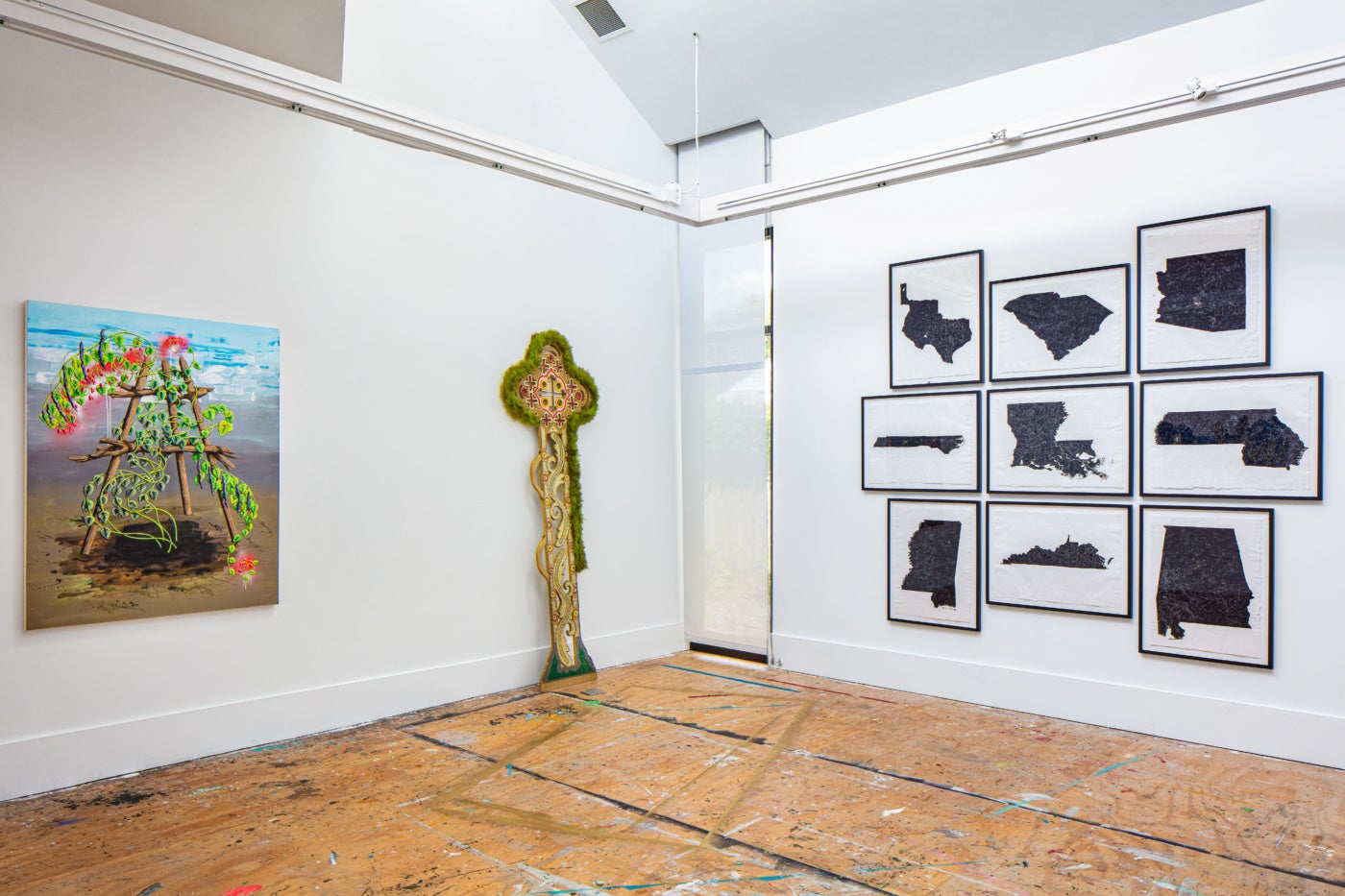
JG: I think Nyeema has put it beautifully. Many of our early conversations were less about Mitchell and her individual life and practice—although that was certainly part of it, the “history” of it, if you will—but what we were also really interested in was the “premonition” side of things. At this point in time, 100 years since Mitchell’s birth and 10 years since the creation of the residency center, what does the future hold, and how can we shape what comes?
LVM: To dwell on the present for a moment, we’re witnessing arts support, funding, and advocacy drastically shift in light of the current presidential administration’s devaluation of education, anti-democratic crackdowns on freedom of speech and expression, and geopolitical panderings to the highest bidder, all of which directly affect local, regional, national, and international exchanges across landscapes. What are some artistic perspectives featured in the exhibition that resonate with each of you in light of this time we’re living through—perhaps both “histories” and “premonitions”?
NM: Thinking about the character of Joan Mitchell and her tenacity was a starting point for us. When we were invited to co-curate this exhibition, I was living with, as I assume many of us were, and are, a white hot rage coupled with fear and anxiety about the current state of the world. Every day I ask myself, “What do I do?” “What do we need to do to correct our course?” In that questioning, I look quite a bit to the past. I’ve been thinking about resistance as a model for social activism—about violent and nonviolent protest. Josiah and I are also educators, so I think about the historic role artists and academics have played in changing the tide of public discourses, thoughts, and feelings, and the dangers and powers in that. And I also try to envision alternative outcomes. I had spoken about memory and different types of narrativity being represented in the exhibition—speculative, re-imaginative, historic, familial, and ancestral. I see these as approaches for navigating the hostility of the present.
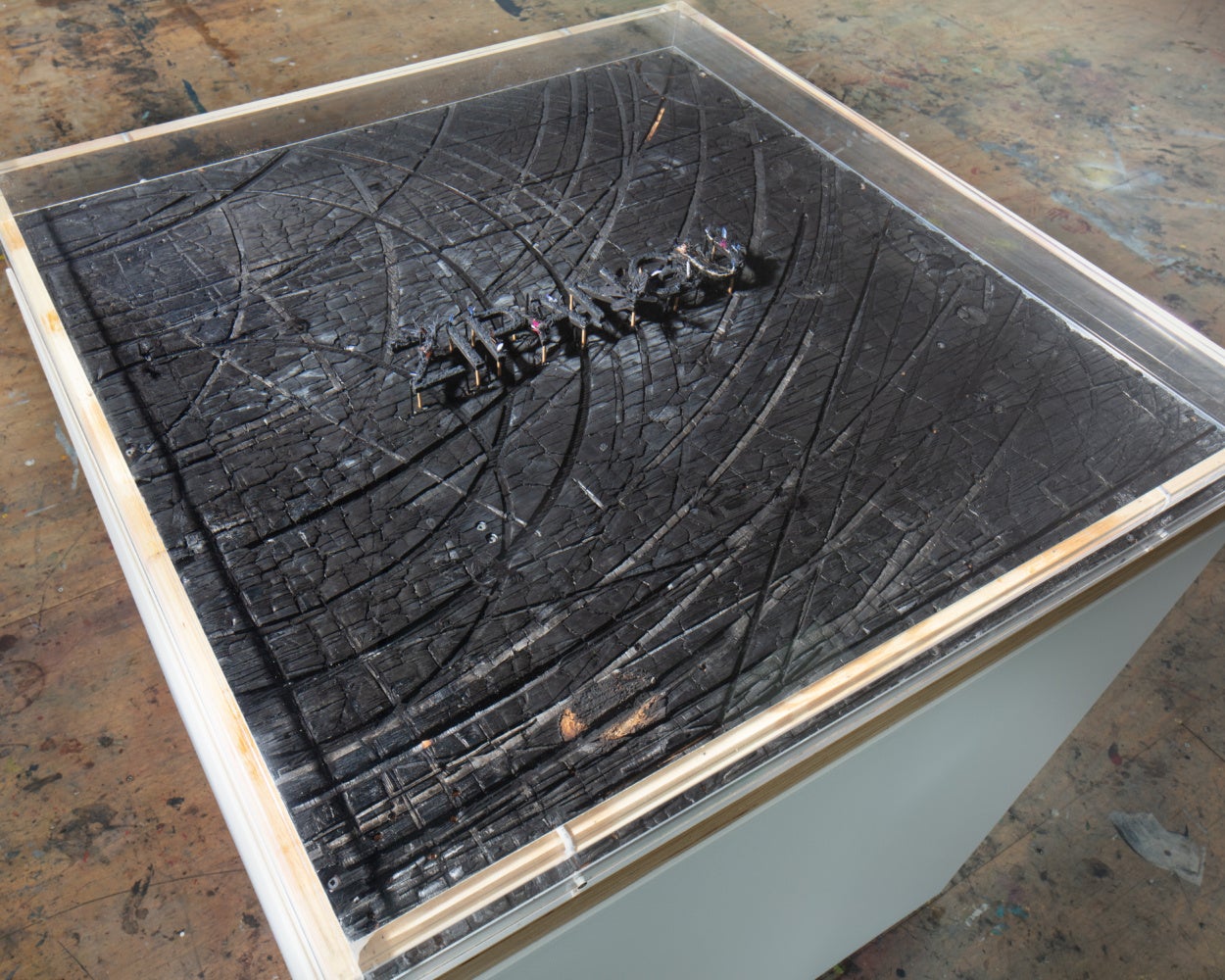
JG: To expand on the idea of Mitchell’s tenacity, she repeatedly stated that her work never came from a place of anger, despite its sometimes brazen, wild energy. It’s a question I return to often in my own practice, and one which I see other artists grapple with—that fear and rage—and how to put those emotions to use when things look grim or futile. What does tenacity look like? In many cases, it is a willingness to be soft, malleable, open, and kind, because ultimately those are the things being devalued, and we must preserve them by embodying them in our lives. I look at the exhibition, and, I do not see anger so much as I see tenderness. Sean G. Clark’s painting Clarity, a small self-portrait of the artist in profile with the phrase “Ain’t No Kings,”models a clear-eyed defiance that I relate to in this moment, a sense of unwavering certainty in what I want to stand for and what matters to me. I think, like Nyeema, that the ability to envision alternative outcomes is critical.
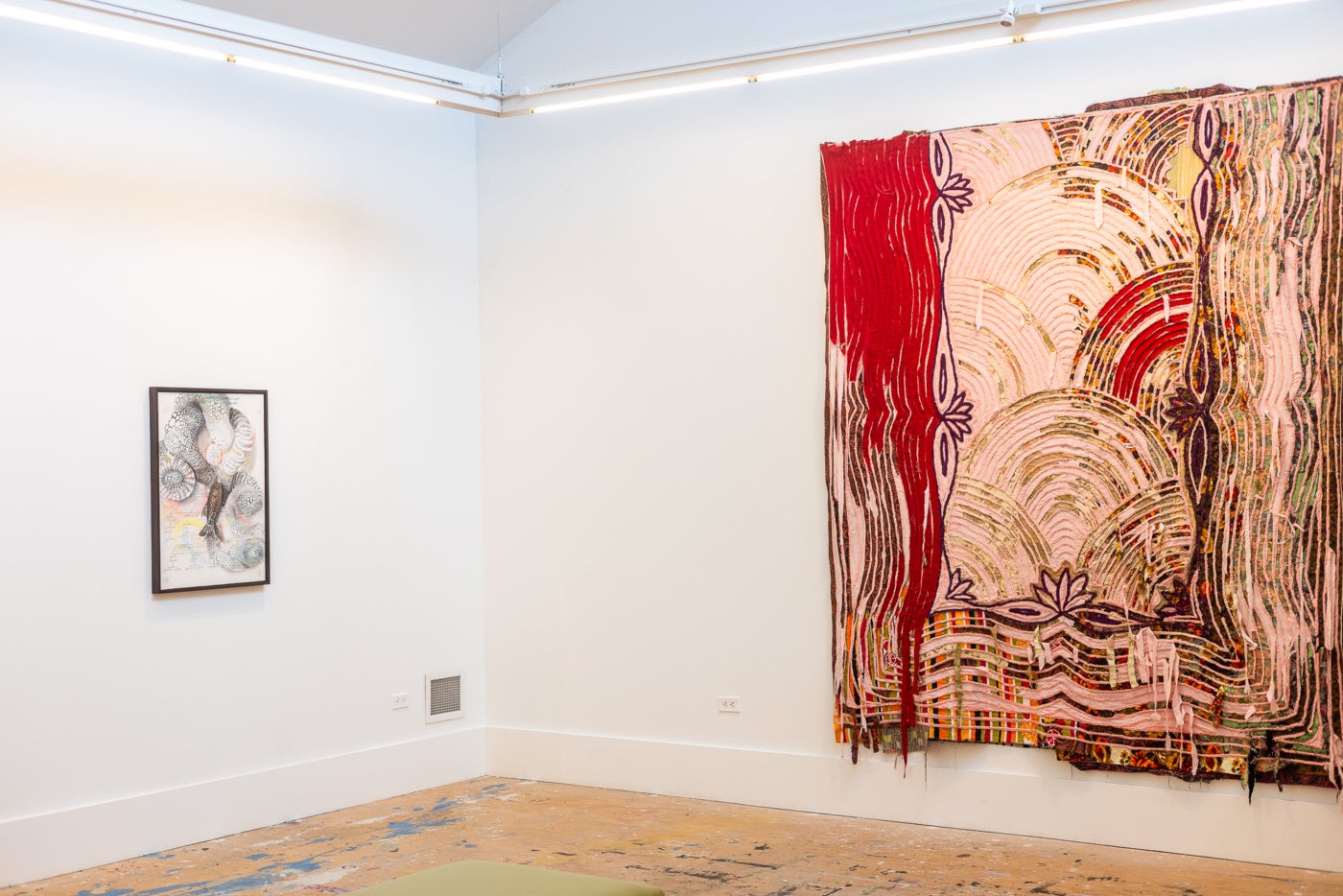
LVM: Perhaps as a resistance to the conditions of doom I mentioned above, I’ll offer a wonderful quote from Mitchell Center Artist-Centered Program Manager, Stephanie Travers as food for thought: “At the Center, we work with the residents to create a space that not only fosters creative exchange, but hopefully an environment that asks how we, as artists and cultural workers, can invest in each other so we can weather difficult times—with our spirits intact—while creating visions and guideposts towards futures we believe in.”

